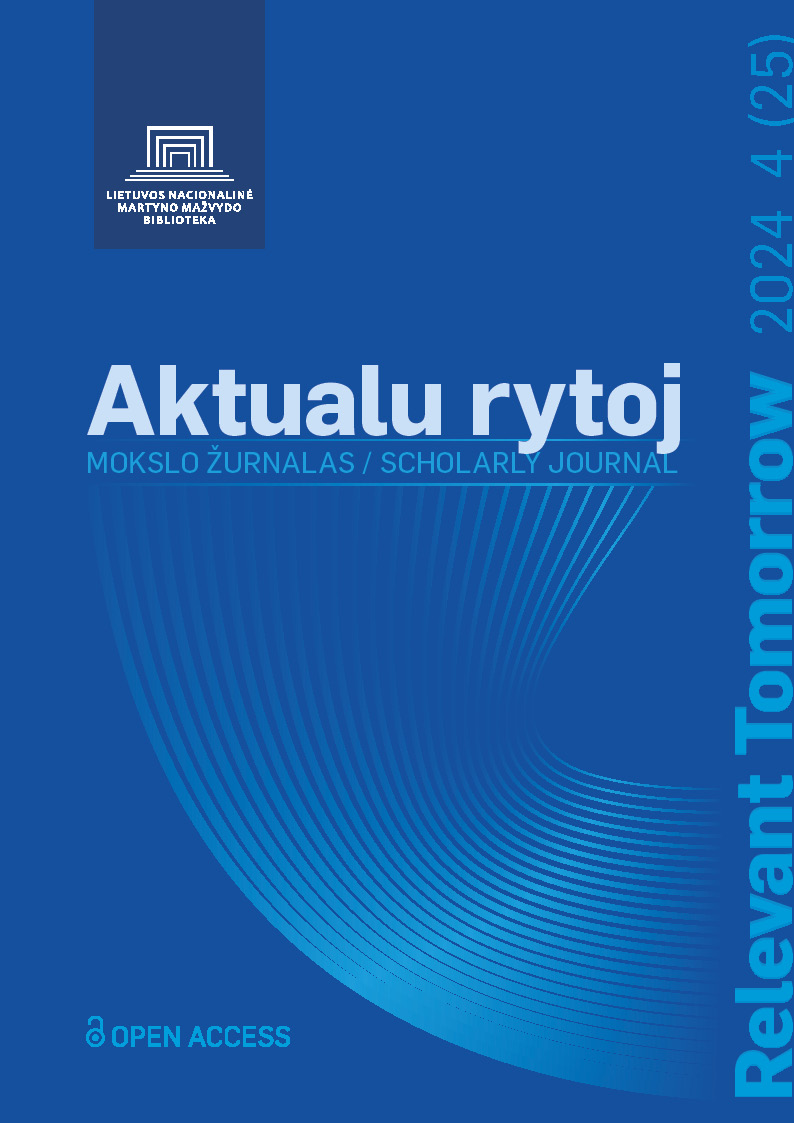Teaching English in State High Schools in Vilnius in 1932–1939
DOI:
https://doi.org/10.51740/RT.4.25.5Keywords:
interwar Vilnius, Second Polish Republic, Adam Mickiewicz Gymnasium in Vilnius, Juliusz Słowacki Gymnasium in Vilnius, Jan and Andrzej Śniadecki Lyceum in Vilnius, educational reform, foreign language teaching, English languageAbstract
The interwar period was an exceptional period in the history of multinational and multicultural Vilnius, as the city, having become part of Poland, implemented the educational model established by the Ministry of Religious Denominations and Public Education of the Second Polish Republic. In the 1930s, the Polish (and Vilnius) system of education underwent major changes. After long discussions, a new education law adopted in 1932 changed the structure and state school curriculum. New general education programs were approved for all subjects, including foreign languages. The article examines the teaching of English language in state high schools in Vilnius from the entry into force of the Polish Education Reform Law in 1932 until 1939, i.e., the beginning of WWII. The study revealed that in Adam Mickiewicz Gymnasium, English was taught as a compulsory and optional subject, whereas at the lyceum level—as one of the compulsory foreign languages. In Juliusz Słowacki Gymnasium, English was taught only as an optional subject, and in Jan and Andrzej Śniadecki Lyceum—as a compulsory subject. A significant number of students took advantage of the new opportunity to learn English. However, they had a rather difficult time learning the language as a compulsory subject, many of them achieving only satisfactory results. Students’ motivation to learn English as an elective subject faded away when they encountered first difficulties. Lyceum students were not interested in learning additional subjects (including English) and focused on preparing for the matriculation exams.










